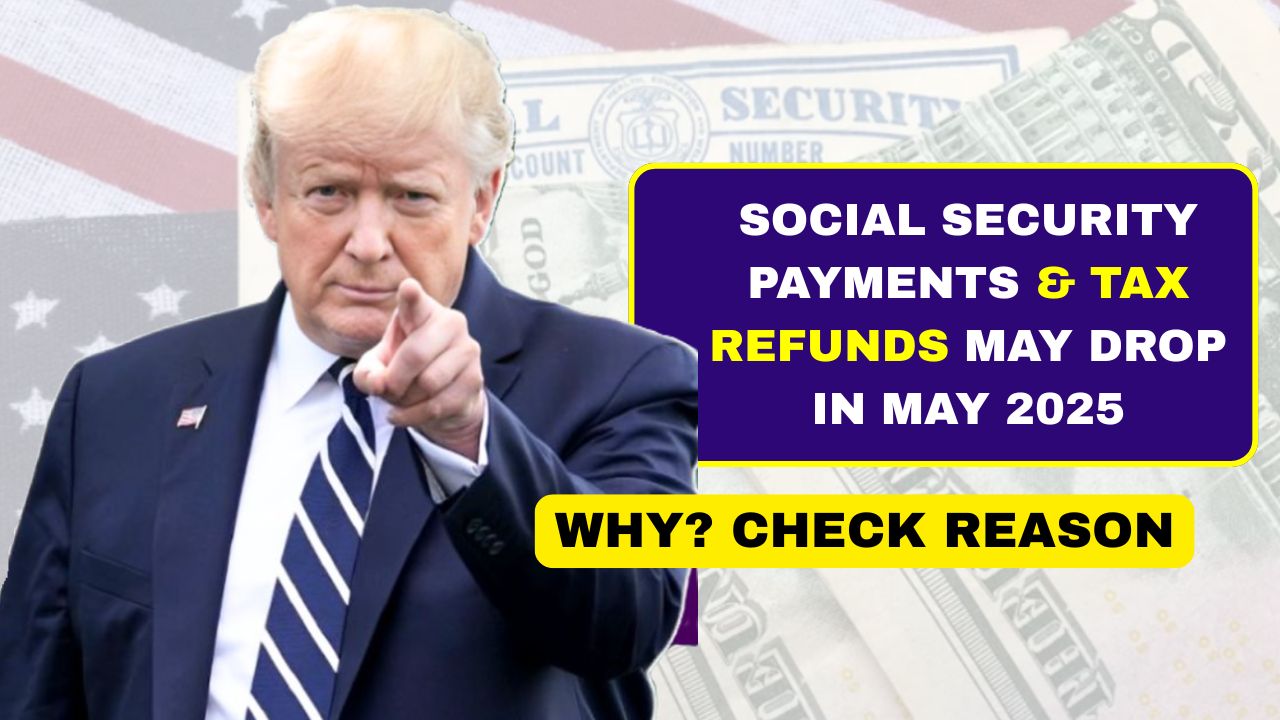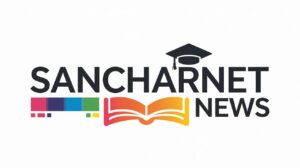Social Security payments And Tax refunds may drop in May 2025: Starting May 5, 2025, millions of Americans could see significant reductions in their Social Security payments, tax refunds, and other federal benefits due to the resumption of student loan collections by the U.S. Department of Education. This move marks the end of a five-year pause initiated during the COVID-19 pandemic and is set to impact over 5.3 million borrowers currently in default.
Beginning in May, millions of students will receive much smaller tax refunds and social security benefits. Following a one-year hiatus due to the COVID-19 pandemic, the Trump administration declared that the Department of Education (DOE) will begin collecting debt on loans that have fallen into default. Resuming in May 2025, the Treasury Offset Program will enable the government to collect unpaid student loans by withholding social security benefits, tax refunds, and other benefits.
Understanding the Treasury Offset Program (TOP)
The Treasury Offset Program (TOP) is a federal initiative that allows the government to collect outstanding debts by intercepting federal payments. Starting in May 2025, TOP will be reinstated to recover defaulted student loans, enabling the government to Withhold up to 15% of a borrower’s Social Security benefits.
- Seize federal tax refunds.
- Garnish up to 15% of a borrower’s wages.
These measures aim to recover unpaid student loans but have raised concerns about their impact on vulnerable populations, especially seniors and low-income individuals
The Scope of the Issue
According to recent data, over 5.3 million borrowers are in default, having missed payments for over 270 days. There are 4 million more borrowers who are in late-stage delinquency. The resumption of collections is expected to affect a significant portion of these individuals, many of whom rely heavily on federal benefits for their livelihood.
CPP Check on April 28, 2025: CPP Payments Up to CAD $1433, Find Out Who Is Eligible?
Gratuity Rules Changed in 2025: ये कर्मचारी अब नहीं होंगे पात्र – जानें कारण और सम्पूर्ण विवरण
Implications for Social Security Recipients
One of the most contentious aspects of the resumed collections is the offsetting of Social Security benefits. While the government ensures that monthly payments do not fall below $750, this threshold still poses challenges for many retirees. Notably:
- Approximately 37% of Social Security recipients with student loans depend on these benefits for 90% of their income.
- The average monthly benefit for these individuals is around $1,523, meaning a 15% reduction equates to a loss of approximately $228 per month.
- Such reductions can lead to increased financial strain, with some beneficiaries reporting skipped medical appointments or medications due to cost concerns.
Steps Borrowers Should Take
To mitigate the impact of these resumed collections, borrowers should consider the following actions:
- Default Resolution Group Contact: To talk about repayment options, get in touch with the Department of Education’s Default Resolution Group.
- Explore Income-Driven Repayment (IDR) Plans: These plans adjust monthly payments based on income and family size, potentially reducing the financial burden.
- Consider Loan Rehabilitation: Making nine consecutive, voluntary, and affordable monthly payments can remove a loan from default status.
- Monitor Communications: The Department of Education will be reaching out via email to provide guidance and options for affected borrowers.
Criticisms and Concerns
The decision to resume collections has faced criticism from various advocacy groups and lawmakers. Concerns include:
- Economic Hardship: Critics argue that the resumption could exacerbate financial difficulties for already struggling individuals.
- Impact on Seniors and Disabled Individuals: With a significant portion of affected borrowers being seniors or individuals with disabilities, the offsets could undermine their financial stability.
- Questioning the Efficacy: Some experts point out that a large portion of collected funds goes toward interest and fees rather than reducing the principal, questioning the long-term effectiveness of the program.
Timeline of Key Events
- March 2020: Because of the COVID-19 pandemic, collections on student loans that had fallen into default were suspended.
- April 2025: The Department of Education announces the resumption of collections starting May 5, 2025.
- May 5, 2025: Treasury Offset Program (TOP) is reinstated, allowing the government to withhold federal payments for debt recovery.
CRA $2000 OAS Payment April 2025: Will It Be Deposited Within 24 Hours? Who Qualifies?
New Social Security Check Coming Today: How Much Will You Get With the 2.5% COLA Increase?
FAQs About Social Security payments And Tax refunds may drop in May 2025
What is the Treasury Offset Program (TOP)?
TOP is a federal program that allows the government to collect outstanding debts by intercepting federal payments, such as tax refunds and Social Security benefits.
How much of my Social Security benefit can be withheld?
Up to 15% of your monthly benefit can be withheld, but payments will not be reduced below $750.
Can my wages be garnished?
Yes, up to 15% of your disposable income can be garnished if you’re in default on your student loans.
Q4: How can I avoid these collections
Contact the Default Resolution Group to discuss repayment options, such as income-driven repayment plans or loan rehabilitation
Will I be notified before collections resume?
Yes, the Department of Education will send emails to affected borrowers outlining steps to avoid collections







